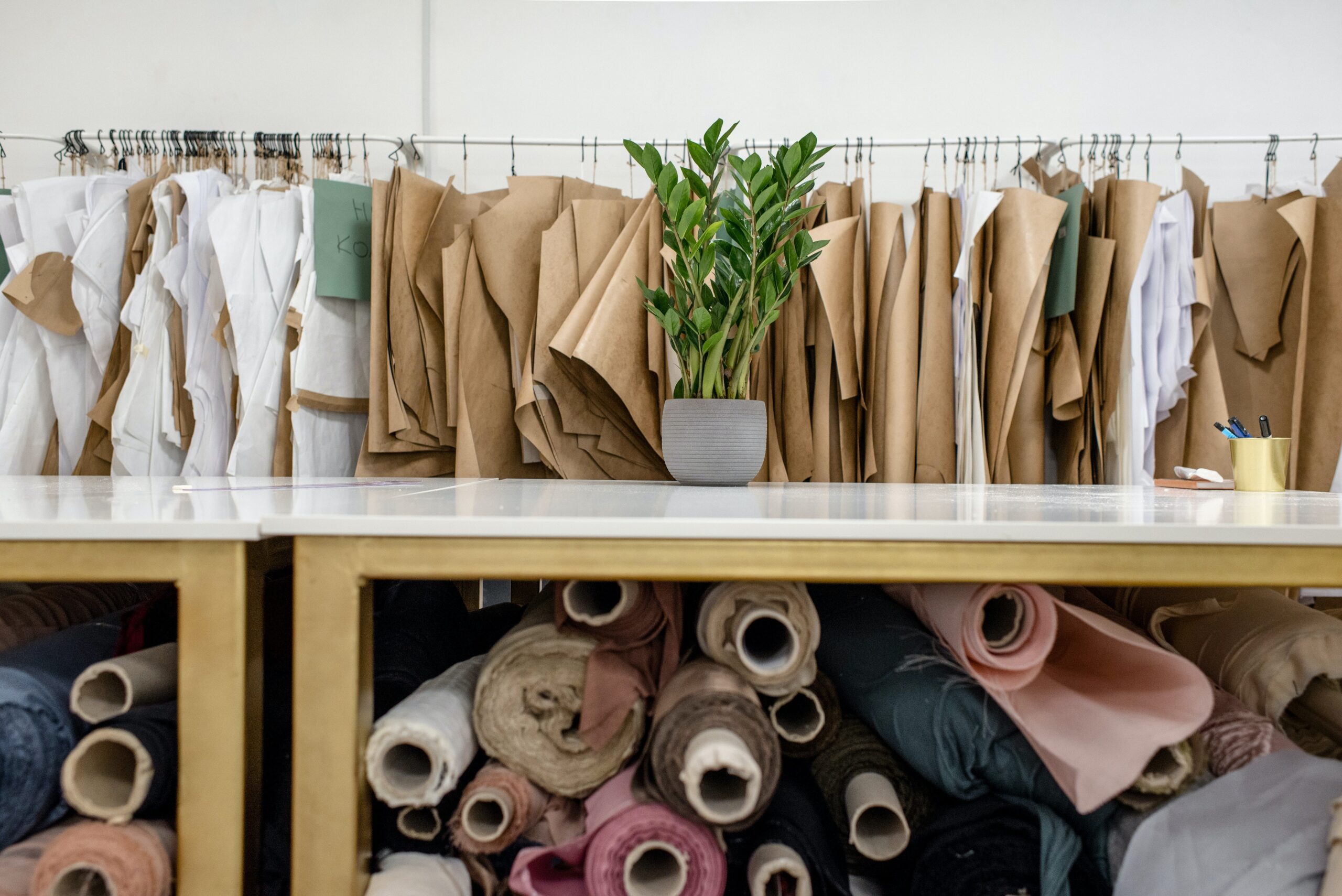A model’s life appears to be the finest type of life one could live; but there is a lot that goes on when the cameras are not flashing. Yes, you do get to travel the globe, wear expensive clothes, all while making a lot of money but there are things that are not so glamorous and glitzy about this profession. Models have the same rights and obligations as any other citizen, but with a career that requires them to work in severe circumstances, expose themselves to dangers, and maintain a physique that meets beauty standards, they have additional rights and responsibilities. Real people are still battling for their rights in the industry behind all the bling and beauty.
HUMAN RIGHTS
Only the modeling industry demands its workforce to wear clothes that are usually uncomfortable for the perfect shot in severe weather conditions and locales. Continuous pressure modelling works in a kind of institutionalized tyranny when it comes to harassment, starvation, despair and poor living standards. Models often consume tissue and cotton balls to kill their fatigue, experience colour and racial discrimination, sexual harassment, drug and alcohol misuse, invasive backstage and unacceptable pornography, human traffickers, etc. Robust hours of work, substance misuse, excessively tight diet, sexual and physical abuse are only a few of the models’ difficulties.
When models stand out for themselves, they are met with ignorance and avoidance, and they may even lose their jobs. These issues and the misery evoke fundamental human rights such as the right against human exploitation, the right to health, the right against discrimination, the right to physical and psychological integrity, the right to life and liberty, the prohibition of torture and inhuman treatment.
RIGHT TO PRIVACY
The right to privacy is the fundamental right to be left alone and not to be subjected to public observation without consent. In the context of photography, this means that pictures of an individual cannot be shot without his or her agreement when he or she has a reasonable expectation of privacy, such as in a restroom. The Right to Privacy further says that photographs of a person must not infringe in an unjustified way on the subject’s private or family life. During fashion shows, it is common to see that the organising company has not provided proper changing rooms for the models or has overlooked the basic requirement of restrooms and sanitization.
Though regulations differ by nation, it is usually understood that every photograph taken for commercial reasons requires a model release form. When a model signs a release, he or she “releases” the rights to the photographs in which they appear. This indicates that the model acknowledges and accepts that the artist is free to do whatever they want with the images, including publish, republish, distribute, and modify them, unless the model states otherwise.
However, we have seen examples of photos being used for improper reasons without the model’s consent, and we have also seen cases of photographers infringing on numerous models’ right to privacy.
In India, Article 21 of the constitution guarantees an individual who is a citizen of the nation the right to life and liberty; we also have The Indecent Representation of Women (Prohibition) Act, 1986 to protect women from being exploited; however, nothing similar is available for other sexes.
PRINCIPLE OF EQUAL PAY FOR EQUAL WORK
Modeling is one of the few female-dominated fields; nevertheless, as much as we support women’s empowerment and the feminism movement, we cannot ignore the reality that men in the business are not paid as much as women for the same quantity of work. According to Elizabeth Rose, a modeling agent, the wage disparity between men and women is large and “unfair.” Male models, according to Rose, earn a fraction of what women do, up to 75% less.
“All of the top 10 female models make millions,” Rose added. “Only the top three male models earn more than a million dollars.” She claims that while this tendency is changing, it has lasted for so long because advertisers claim that “women spend more money on female commodities,” making the sector more rewarding for female models.
In India, we have the Equal Remuneration Act of 1976, however, an Act designed to safeguard women’s rights is not given much attention when the opposite sex is discriminated against and not compensated for their contributions so often.
Although, We cannot deny that various countries and entities are trying to provide Fashion Models with better and equitable compensation while respecting their rights, and their efforts are now being acknowledged. Modeling on the runway is classified as a “dramatic performance” under UK law, according to Section 180(2)(a) of the Copyright, Designs and Patents Act, 1988. In France, models will be required to provide a medical certificate proving that they are fit to work, as well as a new rule prohibiting those who are excessively thin. Underage models with a BMI of less than 18.5 are prohibited from working in Italy, Spain, and Denmark. Models like Cara Delevingne and Kate Moss have spoken out about the sexual harassment and mental stress that teenage girls endure in the profession, and model health is becoming a hot topic of discussion in the industry. All we need to do now is maintain battling and have patience as the industry becomes more hospitable and healthy for both existing and new models.


















Thanks for helping me understand that regulations would vary for each country or area regarding modeling. With that in mind, an aspiring model should undergo modelling courses to be educated in that aspect as well. In my opinion, it’s not only about being creative and knowing how to handle yourself, but one must also be aware of their rights to get what they deserve as well.